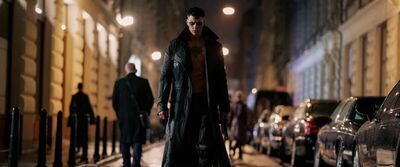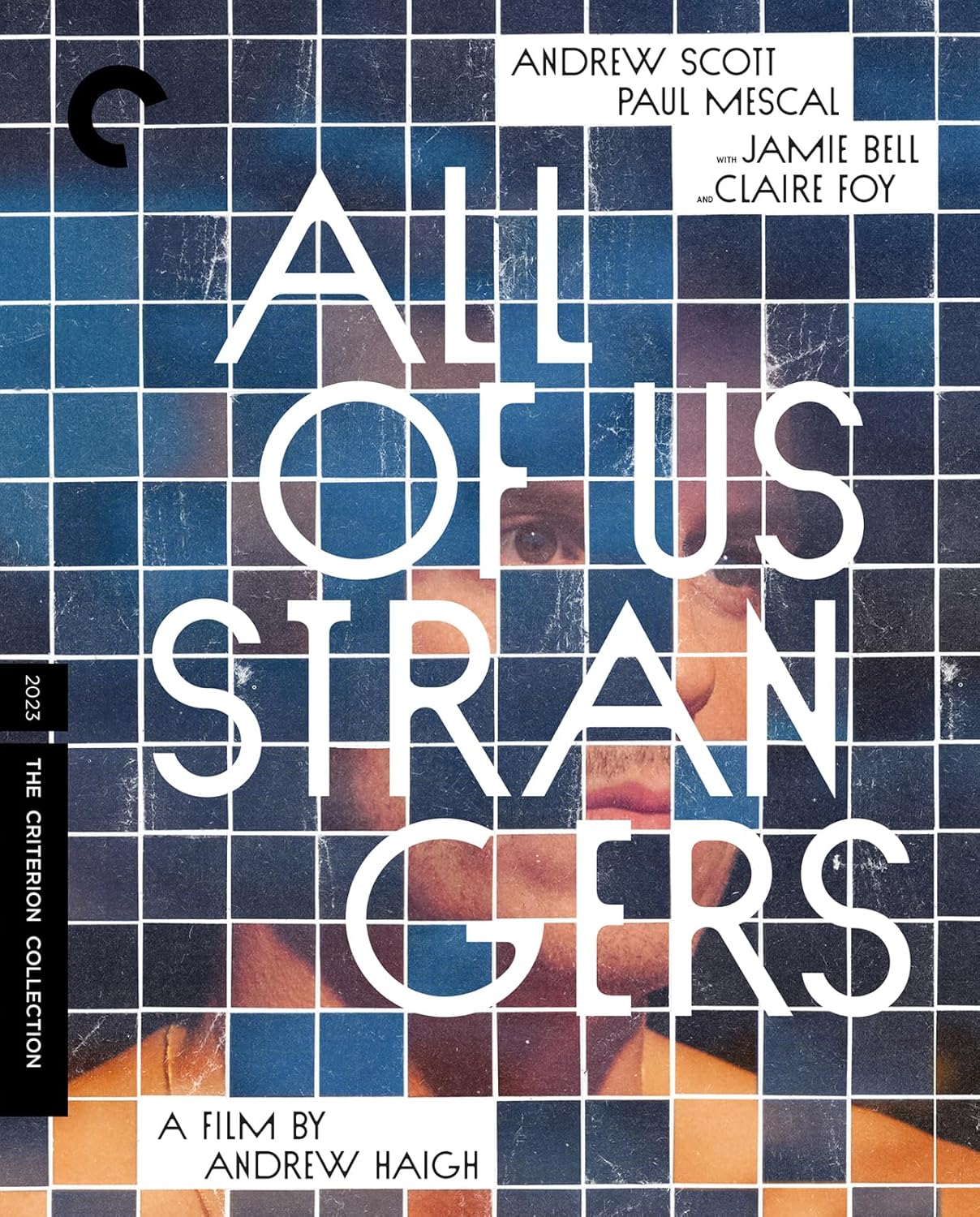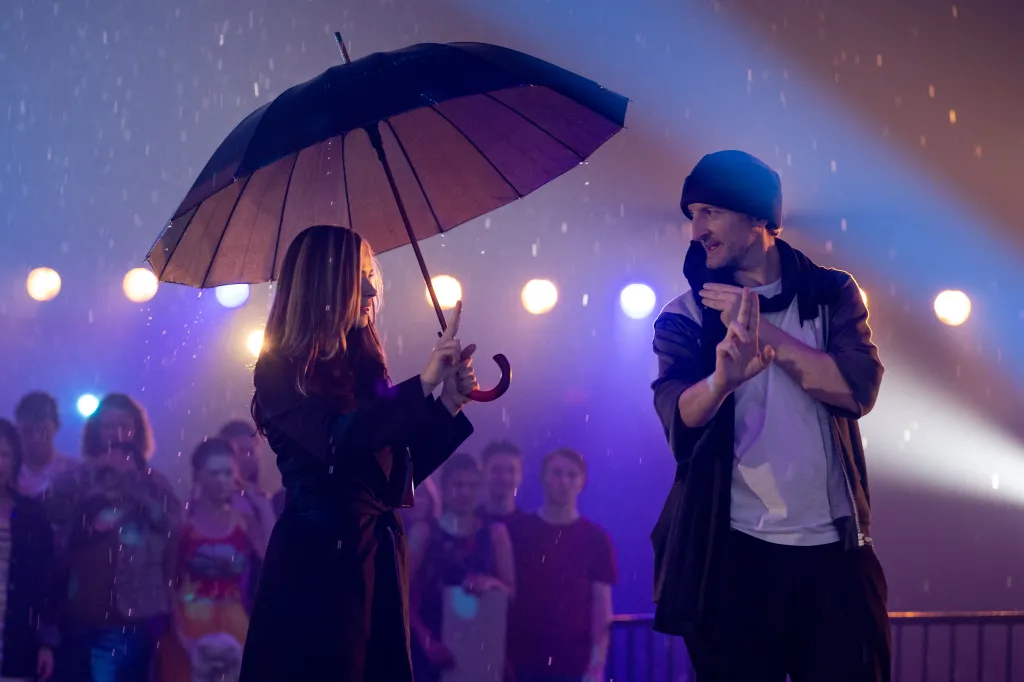

Good movies always have integrity, but not-good movies can have integrity, too. “The Crow,” about a man who is murdered along with the love of his life and comes back from the dead to avenge her, is an vivid example of this principle. It has a lot of elements that don’t work (including a symbolism-laden recurring flashback to a childhood trauma that landed the hero, Eric Draven, in a mental institution) and you sort of just have to accept that the central love story is powerful because the film needs it to be, and because the actors are likable. Zach Baylin and William Schneider’s script takes a while setting up the horrifying central event that drives the rest of the story, and the movie doesn’t get to the point where the hero becomes The Crow, a self-painted, faintly Joker-esque angel of death, until the final stretch.
But it has a low-key confidence about its identity and methods, including an entire metaphysical system supporting the plot, that’s unexpectedly persuasive by the end. This film is not, as reality show contestants like to say, here to make friends, but to be true to itself, and it walks a righteous path in that regard, all the way to its ending, which is true to the spirit of John Keats and Edgar Allan Poe as well as the source material, James O’Barr’s graphic novel. The violence is staggeringly brutal even by revenge-thriller standards—flamboyantly, consciously excessive in the manner of an art-house/grindhouse thriller like “Drive” or “Only God Forgives“—as if the movie is going all out to shock an audience that fancies itself un-shockable.
And the decision to spend so much time showing us big-eyed sad-sack Eric Draven (played by Bill Skarsgård) prior to his supernatural transformation, and to develop Eric’s lover Shelly (musician FKA Twigs), a woman on the fringes of the goth underworld who’s running from a dark secret, as a person with her own identity and backstory, pays off fairly deep into the story, even though it can be a little frustrating early on. Post-Shelly’s death, the movie takes a turn that, without revealing anything specific, is so rock-solidly capital-R Romantic, in an “Elegy Written in a Country Churchyard” kind of way, that in an age where any form of sincerity is reflexively dismissed as “cringe,” the movie deserves applause for even going there, and more applause for following the decision to its dramatically inevitable conclusion and giving audiences the ending that feels right, even if it’s not the one that’ll send viewers home with smiles on their faces.
It’s true that there’s no universe in which it can be called a great movie, or even an inherently commercial one. Twigs is likable but gives a rather thin performance, and Skarsgård doesn’t fare much better, despite their apparently complete investment in the love story. It might’ve helped if the characters didn’t seem stoned even when they aren’t doing drugs. Director Rupert Saunders (“Snow White and the Huntsman,” the live-action “Ghost in the Shell“) relies too much on stereotypical “lovers frolicking” montage material that seems to want to be charged with secondary meaning (Eric kisses Shelly through a sheer white curtain that suggests a burial shroud, and after her death, there’s a “Titanic“-y image of her sinking into the murk of a harbor despite Eric’s outstretched hand) but these really could’ve been more productively swapped out for, you know, actual scenes where the two behave like, you know, actual people. If only for a few minutes. All that plus the extreme violence and the not-upbeat ending probably explain why “The Crow” is being dumped by its studio, Lionsgate, without any press screenings and (seemingly) little advertising or marketing.
But this still feels like a mistake, because for all its disappointments and missteps—including a lack of imaginative compositions, and some muddy or milky nighttime photography—the movie’s got something—a specialness, an aura, or maybe just an obvious purity of intent—that ought to inoculate it against charges that it’s just a cash-grab remake. Nobody who’s in showbiz solely to make money would commit to a movie like this version of “The Crow,” which has a 19th century, wearing-black-and-kneeling-by-the-tombstone definition of True Love. And it has gone to the trouble of developing a detailed cosmology to put character motivations in context and let the movie build to a statement that goes beyond “bad guys kill hero’s girl, hero comes back to kill bad guys,” which is pretty much what Alex Proyas (“Dark City“) did when he first adapted James O’Barr’s source comic thirty years ago.
The villain in this one, Roeg (presumably named for the great director Nicolas Roeg, and played by go-to bad guy Danny Huston) is not just a garden variety human criminal, but a vile and powerful creature who, by his own description, has been around a long time, and has the ability to corrupt mortals. Unlike previous screen telling of the legends of The Crow, this one is thoroughly steeped in the supernatural beyond the trope of resurrecting a dead protagonist. As in horror films about devils, demons, and stolen souls, this one portrays evil as a physical force that can be carried and used like a weapon, transforming and despoiling people. This brings the story closer to the story of Orpheus, who goes into the underworld to save his wife Eurydice, although this “Crow” spends most of its metaphysical development scenes in a kind of purgatorial in-between space.
Proyas’ version was probably always going to end up an example of a film in which style was substance (the characterizations were flat/iconic, and the look was modeled on then-contemporary music videos, album covers, and comics art), and it had to embrace that aesthetic much harder after its star Brandon Lee was killed by a prop gun before he was done filming his scenes. The production team had use artfully silhouetted body doubles and then-crude compositing during editing to cobble together something releasable. The result was a death-haunted film in more ways than one. Hopefully enough time has passed to be able to say that the result, though better than it had any right to be, got extra love and affection because audiences knew so much about the trauma that birthed it. (For what it’s worth, I gave Proyas “The Crow” a rave review when it came out, and wore out the soundtrack on cassette.)
This new version isn’t as focused, propulsive, and fleet-footed as the ’94 film. It’s a mournful wallow with a tinge of Northern European horror films and fables. It’s a neo-noir big-bad-city movie, with buckets of rain pouring down. The ripped, buff Skarsgård doesn’t have Lee’s dancer-like grace and doesn’t try to approximate it; if Lee’s Eric Draven was a trickster imp, Skarsgård’s is more of a brooding clay golem, a demon hunting down monsters.
And that’s OK. It’s a different approach, and in the end, it not only works, it’s moving. The film seems to understand itself most strongly when it’s showing us how Eric, retooling himself into a killing machine in the name of love and justice, has chosen to become what he beheld, and empty himself of the very love that transformed him for the better when Shelly was alive. The onscreen effect is reminiscent of an Edgar Allan Poe line, “Years of love have been forgot, In the hatred of a minute.” Every scene, especially in the second half, seems to be taking its creative orders from some secret coded frequency that only the filmmakers can hear, and that no other mainstream movie this year has access to. Even when the film wasn’t quite “working” in any conventional sense, there were moments that raised the hair on the back of my neck.
There’s a scene in the movie where Eric and Shelly are walking across a bridge and Shelly not-really-jokingly talks about jumping, and they envision a double-jump ending in their deaths, and Shelly imagines that teenagers would make shrines to them. I think teenagers will make their own shrines to this movie, in their own ways. It’s the kind of movie where, if you saw it when you were maybe 14, you’d see it twenty more times and be inspired to check out books from the library. That’s not nothing.



